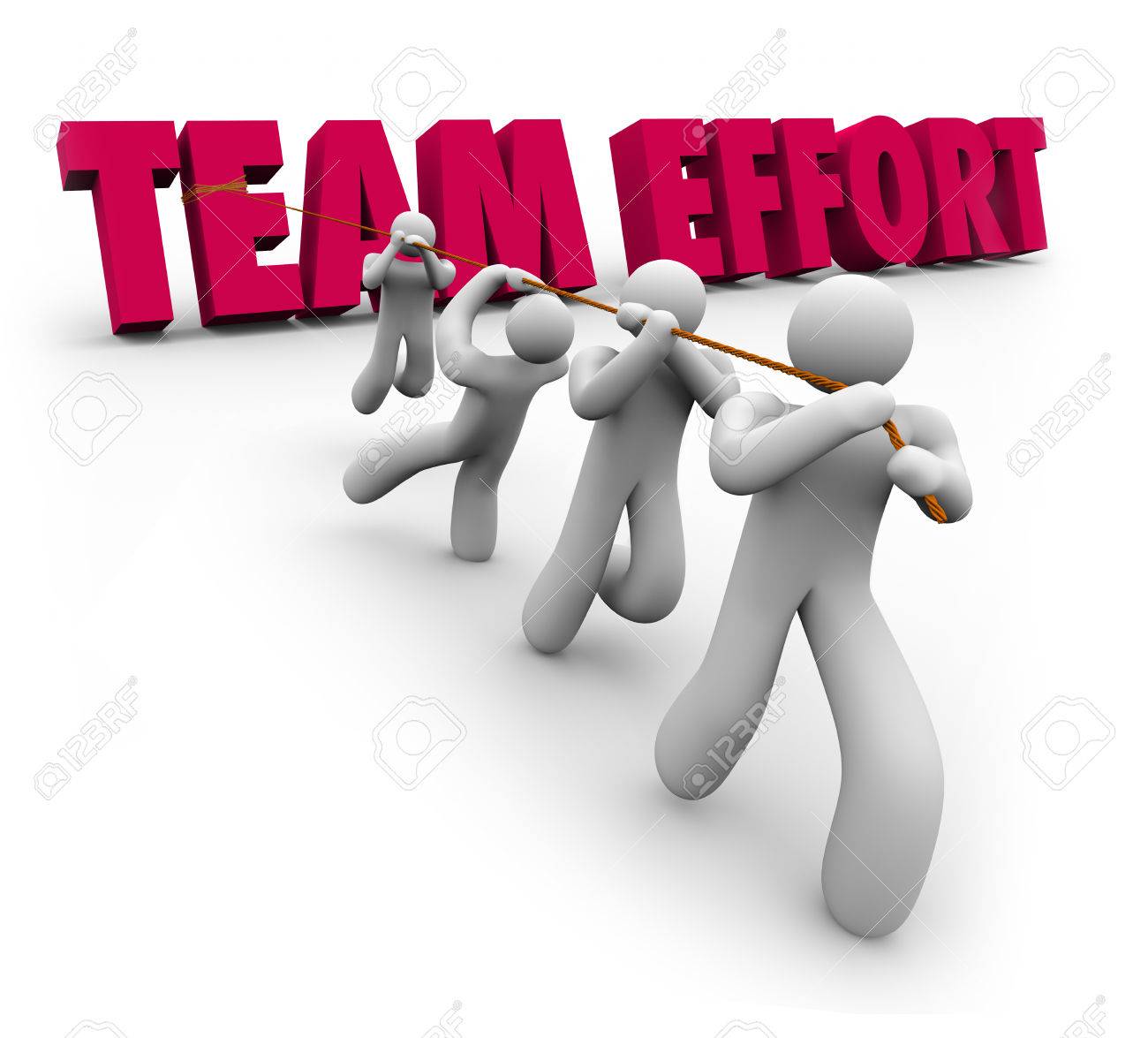Many change programmes fail to attain the level of success envisaged in the average organisation. This is a general perception, that 70% of change projects fail although recent research has proven that this assertion has a very little granular basis. One thing we must come to terms with though, is that change projects are hard.
Implementing change requires a good mix of leadership and support to ensure that the goal of re-focusing and birthing a new agenda can be reasonably achieved regardless of the challenges they pose. Never mind how thoroughly you plan prior to the commencement of your change agenda or how well resourced you are, things can simply go wrong inexplicably.
Many of us can identify with how hopeful we have been in the past about a change opportunity or project only to lose steam halfway, due to a myriad of challenges, many of which we failed to factor into our initial planning. However difficult change is, we must pursue it when the need arises. The late John F. Kennedy could not have said it better when he declared, “change is the law of life and those who look only to the past or present are certain to miss the future”.
Develop the building blocks of your change agenda
A good place to start your change programme is to identify the need for change. How you address this will be no different from mapping out your change agenda for customer experience. Note that your programme will impact as many people in your organization, therefore you need an engagement strategy, but first define your vision to crystalize the message in terms of where you are going.
Next, you must communicate this to everyone who will live with the change. Your communication plan must factor all your stakeholders in the mix. As leaders, we tend to have a good understanding of where we are going, but how to bring everybody else along with us is where we are challenged.
According to Alan Pennington (2016), leaders must ‘remember that at the heart of the issues is that business leaders, often unintentionally, miscommunicate the goal – the challenge is how to articulate and describe what you are setting out to achieve and then to manage our human reaction to it”. So a gap analysis will help to drive awareness especially if the process of identifying the gaps is participatory enough in order to help gain buy-in from all concerned. Your primary goal is to create awareness about the importance of the customer and what this means to your business.
It is necessary to find out what opinions are among your internal actors, regarding your customer to help you understand where you are as an organization. What you seek is an informed view of what the customer’s needs are and the extent to which this is understood internally. Also, note the level of your employee experience as this feeds into your customer experience.
Team effort
Your quest to step up customer engagement hinges on a culture that ensures everyone is committed to your customer experience programme. It is critical that everyone feels that his/her opinion counts.

A recommended approach is to commission a cross-functional team to drive the programme, with leadership support behind it to add weight to what they do. To reinforce the team effort you must elicit feedback from your employees, prior to, during and after the implementation of the programme.
This sends a clear signal that it is everyone’s responsibility to build better experiences. The feedback from your frontline is pivotal to help identify gaps and to put together an agenda that is based on an informed understanding of your customer’s position regarding your services and/or products. Your team will be looking very closely at some important questions such as the place of the customer in the organization chart, and whether or not you need a formal actor to drive the customer agenda if this is not in place. Be very clear on your message, make sure it is not sugarcoated so as to just impress. Your goal is to highlight the good, bad, and ugly no need for embellishments.
The primary aim of the customer experience team is to educate the wider team (rest of the organization) and instill confidence that improvements are deliverable. Specifically, they will provide senior leaders with support through coaching, awareness sessions with the aim of equipping them to actively engage with the customer experience with confidence; inject customer experience into training and development courses; engage in customer journey mapping work, and provide opportunities to introduce the customer voice into the business at various levels.
A well-managed team takes customer experience to the tactical level, a move that can potentially be very impactful. According to Shep Hyken a customer service and experience expert “A big part of the customer experience team’s responsibility is to analyze every touchpoint that a customer has at every interaction they have, or could have, with any part of the journey they experience when doing business with the company.” When teams work collaboratively on customer experience projects they contribute a great wealth of insight and ideas that improve the initial concepts and inspires the development of more effective customer-centric processes.
The key is to work collaboratively to achieve quick wins, by bringing the right people into a room and structuring their input potentially leads to rapid developments. By formalizing the team effort as an organization you raise the profile of experience to parity with other strategic drivers.
The saying goes that ‘gaining success in customer experience is like pushing a bus up a hill. Once it reaches the top of the hill and people see the business and personal benefits of engagement, you are hanging on trying to slow the bus down as it heads off on a downhill slope’.
Facilitating your customer experience workshops
There are a sequence of events that need to take place to begin to drive customer change. This must be sustained over an extended period of time to effect real change to the culture of the company.
A key stage in your change agenda is the customer experience workshop. The process involves breakout sessions of up to 6 people to allow enough breadth of knowledge and to ensure that everyone’s voice is audible. Mix the groups to provide different viewpoints and don’t hesitate to change them around if the dynamic or knowledge sets are not working. Encourage divergent thinking to draw depth in ideation as you work to shape the company’s customer agenda.
The format may be as flexible however your goal is to design new experiences at the end of the day. Work in plenary sessions to craft the messages that the company is trying to convey and that the customer is trying to hear. List these on sticky notes and place them on the wall for all to see. You will find that there is a plethora of messages drawn from the sessions, leaving the team with the additional challenge of how to communicate these measures and when.
Make the workshop environment fun and stimulating, use videos to highlight wow experiences, make sure there are refreshments and props for people to use, take frequent breaks. Ensure that the sessions are two-way and involve informed discussions about how to address customer needs effectively, encourage team contribution rather than broadcasting, you might want to facilitate these sessions off-site for great effect. The outputs from these workshops must be consolidated in a report of opportunities and ideas. Once you have approved the set of ideas and your newly designed experience, the final stage in the process is to engage with the ‘inside-out’ (internal) business processes. You then ask the question ‘what do we need to do to make this happen’?
Create the design brief
The workshop will lead ultimately to the creation of a design for the experience you are reviewing that records what happens at each key moment. My personal experience of a ‘free-bee’ years ago in a UK supermarket where I went home with groceries I had purchased for ‘free’, following a machine malfunction attests to the fact that customer experiences are not accidental encounters. My brother enjoyed a planned experience when the hotel staff all referred to him by his first name anytime he entered the restaurant. By identifying target scenarios for your customer experience you will be better placed to design unique experiences for your customers.
You can begin by identifying scenarios for different areas in your organisation. Plot parallel activities across functions and teams e.g. marketing, sales, operations, and legal, you will see who is doing what, when, and be able to discuss together how this is contributing to, or impairing the target customer experience. Draw blueprints on whiteboards to create a shared view of the customer which may later be captured as a key requirement document. We have a good reason to believe that the experiences offered by major brands are not accidental.
They are the result of careful planning and measured execution based on a clear understanding of the customer’s viewpoint. Note the following examples from some major brands;
- Kohls provides an easy to shop online and in-store. The customer experience of their website is excellent in that they make everything simple to locate.
- Zalando is doing a great job of providing a cohesive customer experience. They successfully combine fashion and IT processes with complex logistical operations to ship products to customers and process returns.
- Netflix knows a lot about how to make user experience really great. They provide an easy to use platform which offers a lot of movies/series, but they do more than just provide streaming – they also produce their own movies and series based on their informed understanding of their customers’ needs.
There are 2 key lessons from the deliberate planning and implementation of a customer experience change agenda. These are first, pay attention to customer feedback, listening to your customer offers a priceless opportunity for you to learn about their concerns at first hand. Second, make everyone accountable for the customer, do not leave customer experience to a formal function, and forget about what they do. Great customer experiences are derived from well-managed internal cultures with leadership supporting efficient teams where feedback from customers is taken on-board and duly addressed.
The Writer is the Managing Consultant at Capability Trust Limited a People and Learning Organisation serving the market with Talent Acquisition and Management, Leadership Development, HR Outsourcing and General HR Advisory, Training and consulting services. He can be reached on 059 175 7205, [email protected]/ www.linkedin.com/in/km-13b85717










